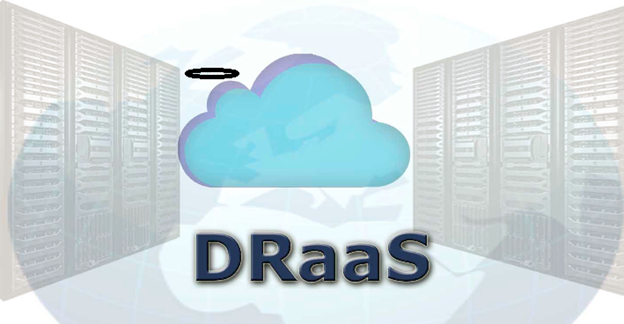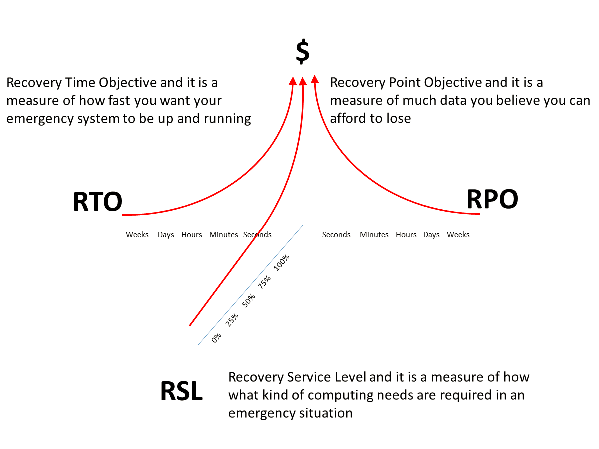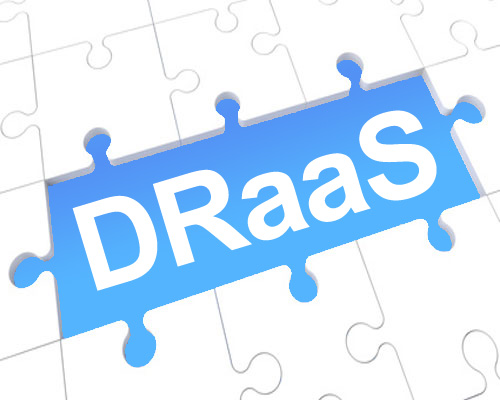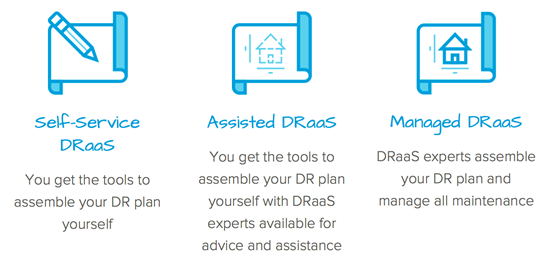Menu
- 130 King Street West, Suite 1800
- P.O. Box 427
- Toronto, ON, Canada M5X 1E3
- (416) 865-3392
- info@triparagon.com
Tri-Paragon Inc. 130 King Street West, Suite 1800, P.O. Box 427, Toronto, ON Canada M5X 1E3
Phone: 416.865.3392 Email: info@triparagon.com
(The science of performance)
“If you think it is expensive to hire a professional to do the job, wait until you hire an amateur” Red Adair
DRaaS is a DR outsourcing model where an organisation’s servers are backed up or replicated in a third-party environment built on flexible and cost effective cloud-based infrastructure. The organisation then has the option to switch to this environment if their own IT is knocked offline – so the cost and resource requirement of backing up and then restoring servers is dramatically reduced.

Effective DR planning is built around two all-important metrics:
1. Recovery point objective (RPO)
RPO is the length of time a backup can be considered recent enough to ensure business continuity. If you can afford to lose no more than four hours of data from your email server, for example, your RPO for that system should be set at four hours – and that should be the maximum interval at which you take a snapshot.
2. Recovery time objective (RTO)
RTO is the timeframe in which a backup should be restored and normal services resumed following a disruptive event. If your RTO for a system is two hours, you have a two-hour window in which to find the most recent backup and restore it to your live environment.

DRaaS is an attractive option if you:
In the world of outsourced DR, it’s vitally important to choose a supplier you can trust to support your business when the worst happens. Even with a DRaaS solution in place that looks after the entire backup and restore process, there are still risks to consider that may stand in the way of a smooth resumption of services. Some possible considerations include:
Supplier infrastructure
A DRaaS environment is only as reliable as the infrastructure that underpins it, so it’s important to learn as much as you can about the data centre (or data centres) your supplier uses to deliver cloud capacity. This is especially true if you have specific requirements around connectivity that demand your DRaaS environment is hosted in a local data centre, as many disruptive events (including natural disasters, but also network and power outages) can affect a wide geographical area. Another thing to consider is whether your supplier owns and manages its own data centre infrastructure or relies on third parties, which may introduce their own supply chain risks.
Supplier resilience
At the same time, using DRaaS should be an opportunity to build more resilience into your supplier base and address any business continuity risks that arise from other supplier relationships (such as the use of public cloud providers). It’s not unheard of for organisations to use the same supplier for both their primary and DR environments, which is a great revenue opportunity for the supplier but also means the end user has all their eggs in one basket.
Software
Looking for a supplier that works with recognized software vendors will help you ensure your solution is reliable, well-supported, and keeps vendor lock-in to a minimum. Also, don’t overlook the cloud platform on which your DRaaS environment is built, and whether the quality of its management tools will affect the resource requirement of keeping that environment fit for purpose.
Support
Technical issues are always a possibility when invoking a DRaaS environment, so it’s important to factor the cost, quality and accessibility of support into your choice of supplier. For some organisations, a fully managed service may be preferable to a self-service one – so it’s important to check the supplier can offer that. More generally, your DRaaS supplier should be willing to work together with DR stakeholders from your organisation to ensure they can support the requirements of your DR plan, and that your RPOs and RTOs are met – both during testing and during a legitimate disruptive event.
Cost
When considering cost, it’s important to have an accurate idea of how often and for how long your DRaaS environment will need to be made live – whether for day-to-day use, testing, transfer of data or maintenance. A pay-as-you-go model will, for the most part, help ensure you only pay for what you need, when you need it – but it may be cost-effective to pay also for an allowance of time per month for configuration and updates.
As mentioned above, a DRaaS environment is only as reliable as the infrastructure that underpins it. When you research your DRaaS supplier’s data center, consider the following factors and their implications for resilience:
Power distribution and redundancy:
The Tier classification system is a useful shortcut but be aware it won’t tell you the full story about a data centre’s level of protection against power disruption. Look for specific information on UPS redundancy, how power is delivered from the grid, how much time is on the backup generator, and so on.
Look for steps taken to ensure the equipment in the data center is able to function optimally at all times, including redundant cooling (as well as high-quality containment and air conditioning units), fire protection and on-site inventory of spare parts.
Management:
Most data center outages can be traced back not to equipment failure or even human error, but to poor management of the data center environment. Evidence of strong and well-enforced policies and processes for personnel working in the data center should help provide peace of mind your DRaaS environment is in safe hands.

About Tri-Paragon Inc.
Since its inception in 1997, Tri-Paragon has provided a diverse suite of IT infrastructure services including: data center relocations, planning and management; data center mergers; data center decommissioning; systems integration; business transformation; software implementation; and technology planning services.
Tri-Paragon has unparalleled experience and innovation in management and project execution of:
Our goal is to provide value added services to assist our customers in understanding the application and impacts of emerging technologies with a view to reducing costs and improving availability.

Our consultants consist of Senior IT Executives with direct experience in the following industries:
Airports; Construction; Finance; Insurance; Distribution and Manufacturing; Retail; and Telecommunications.
Based upon our collective experiences Business Interruption and Disaster Recovery has not always been successful. Why? Typically, because of the high cost of duplicating the IT environment and ineffective planning and validation. Today there is a better way. DR as a Service (DRaaS) where planning is well orchestrated, and backups and recovery are automated.